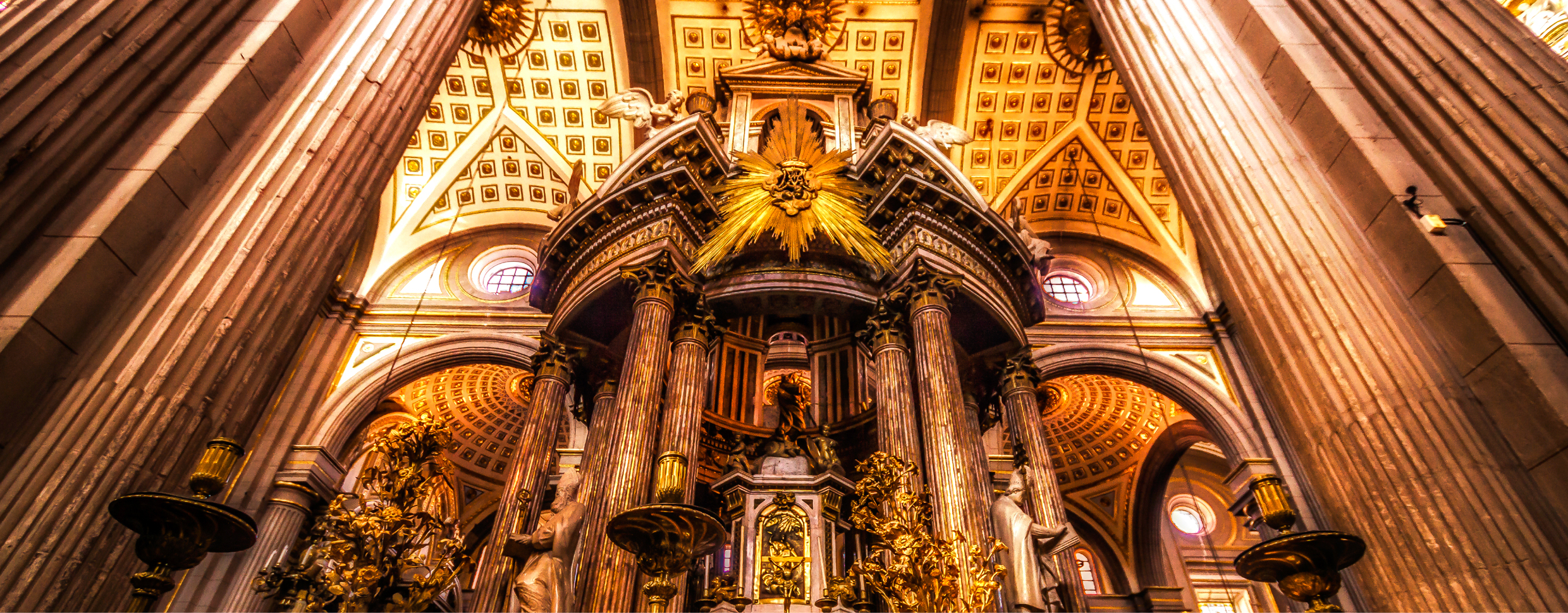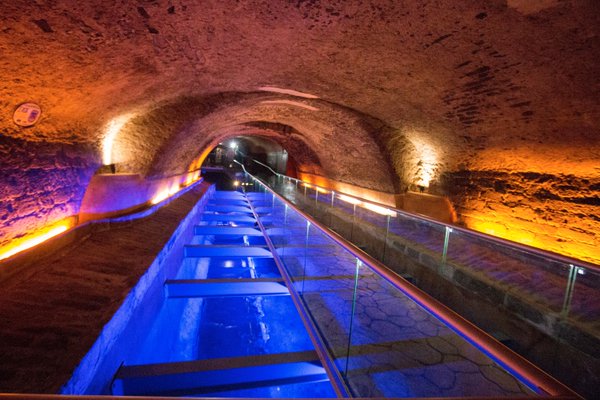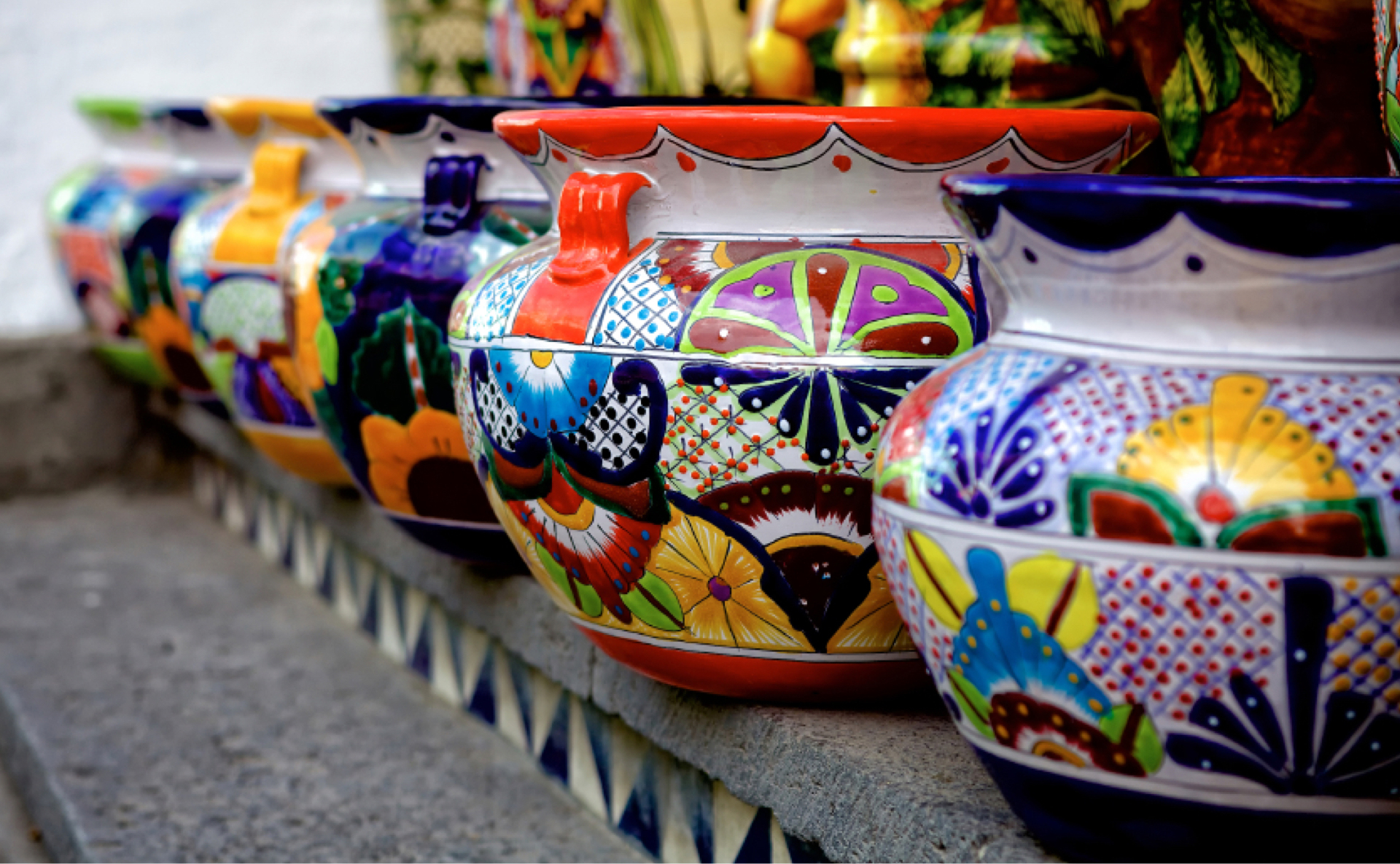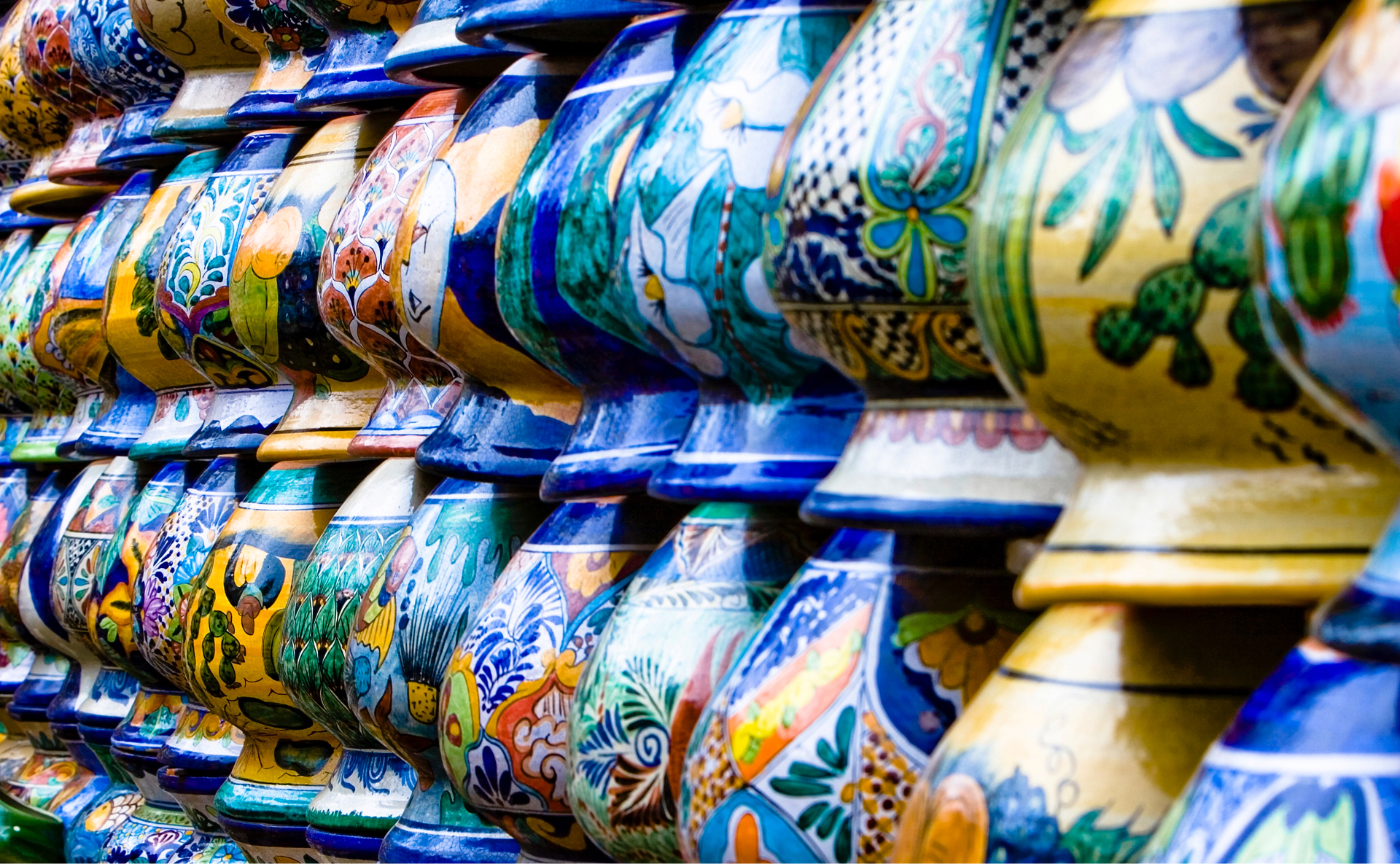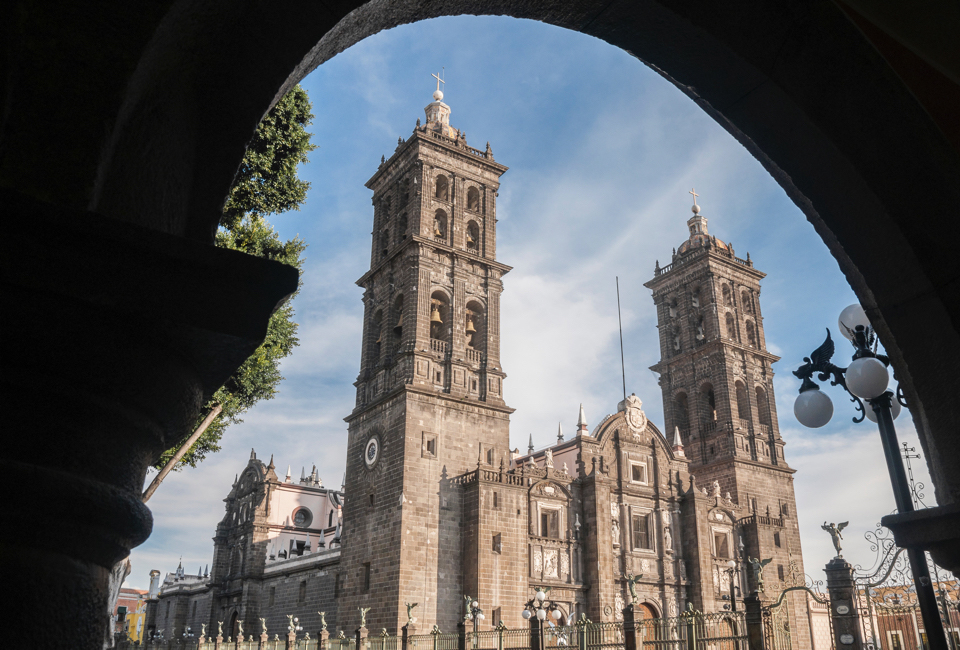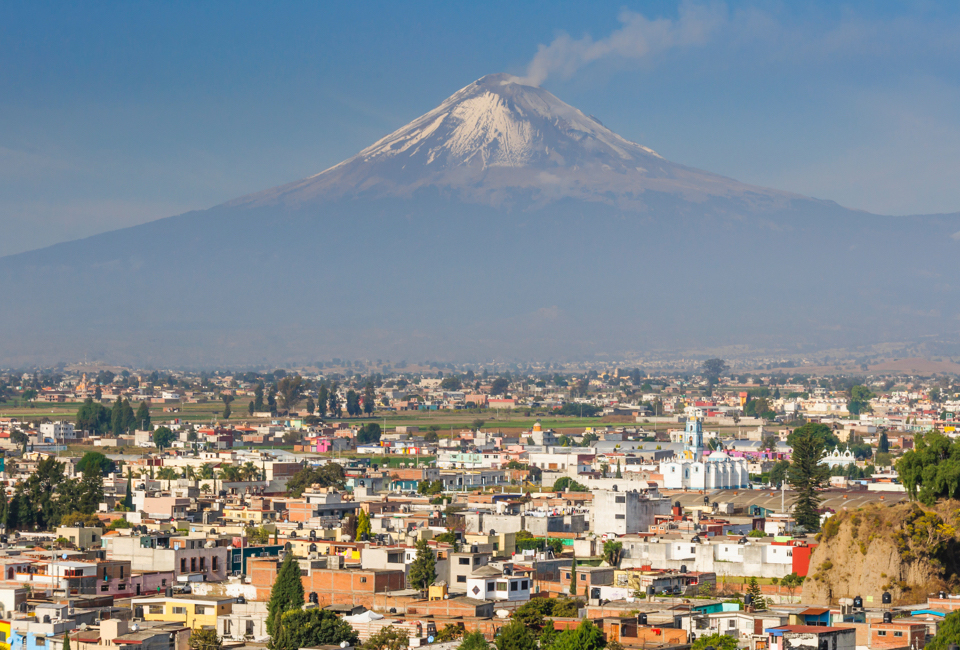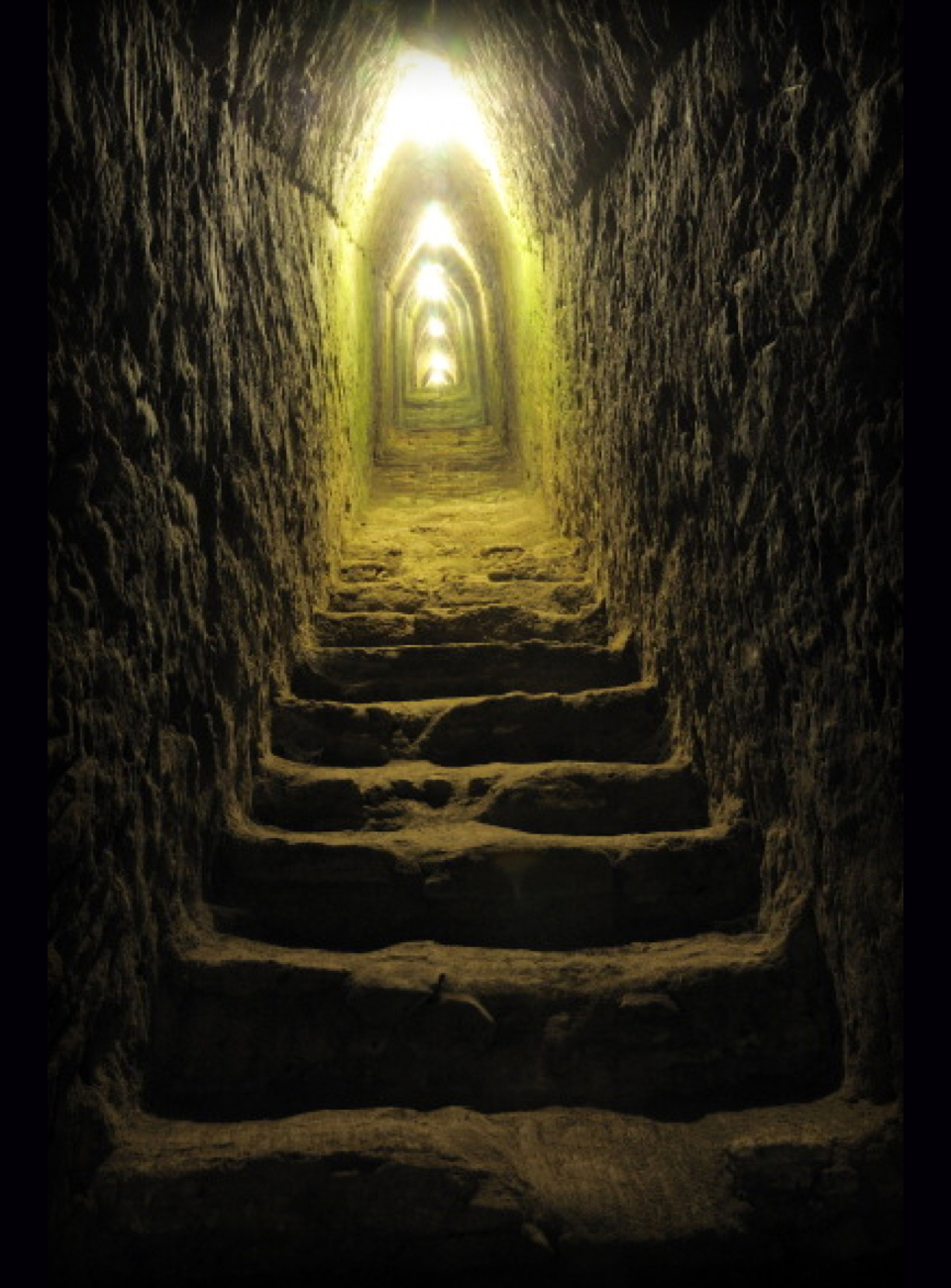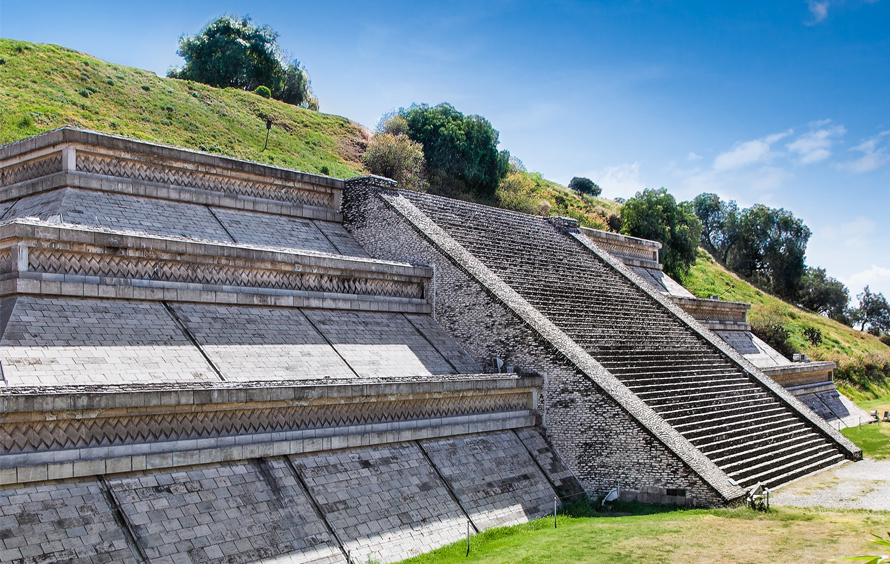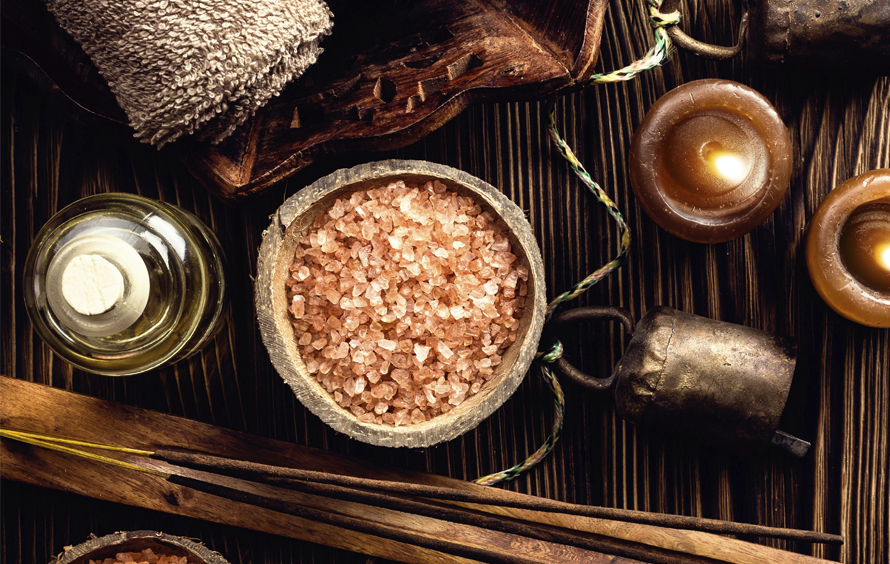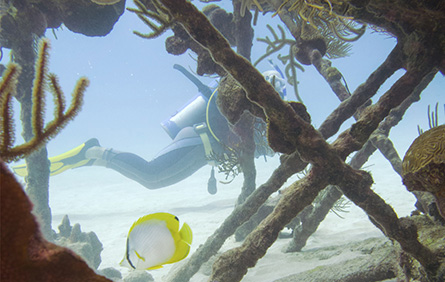Mexico’s fourth largest city, Puebla, is also one of the oldest cities in the country. It was established by the Spanish in 1531 and is home to an incredible 2,600 historic sites and 365 churches with enough heritage to earn itself UNESCO World Heritage status. Wander the pedestrian-friendly streets and you’ll feel the remnants of the Spanish conquest. The towers of the Cathedral of San Francisco dominate the landscape and the beautiful Bibliotheca Palafoxiana in the city’s historic centre is Mexico’s oldest library, decorated with grand Spanish colonial charm and home to titles dating back to the 15th century.
Although little of the age-old cultures and traditions are left, the spirit of the ancient past lives on through people’s daily lives, and are often expressed in their pottery and stories. Add the mystery of indigenous sites, underground tunnels and tales of ancient giants and Puebla City will surprise, intrigue and delight. It is a city where visitors come to be captivated by Hispanic heritage and its colonial past.
Tunnels, giants and stories of old
In the city with secrets, it was long whispered that the founders of Puebla City built a network of underground tunnels. Locals said they were a way to traverse across the city undercover or perhaps for the use of mysterious religious ceremonies. There was a map belonging to a local family in the 19th century that proved it, some said.

